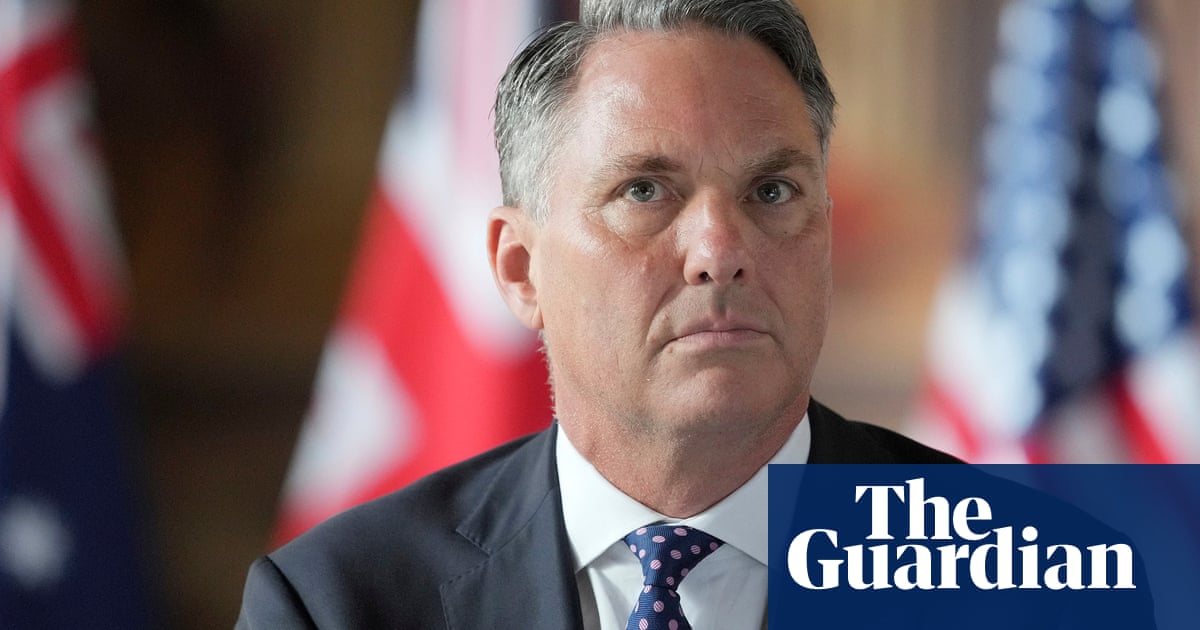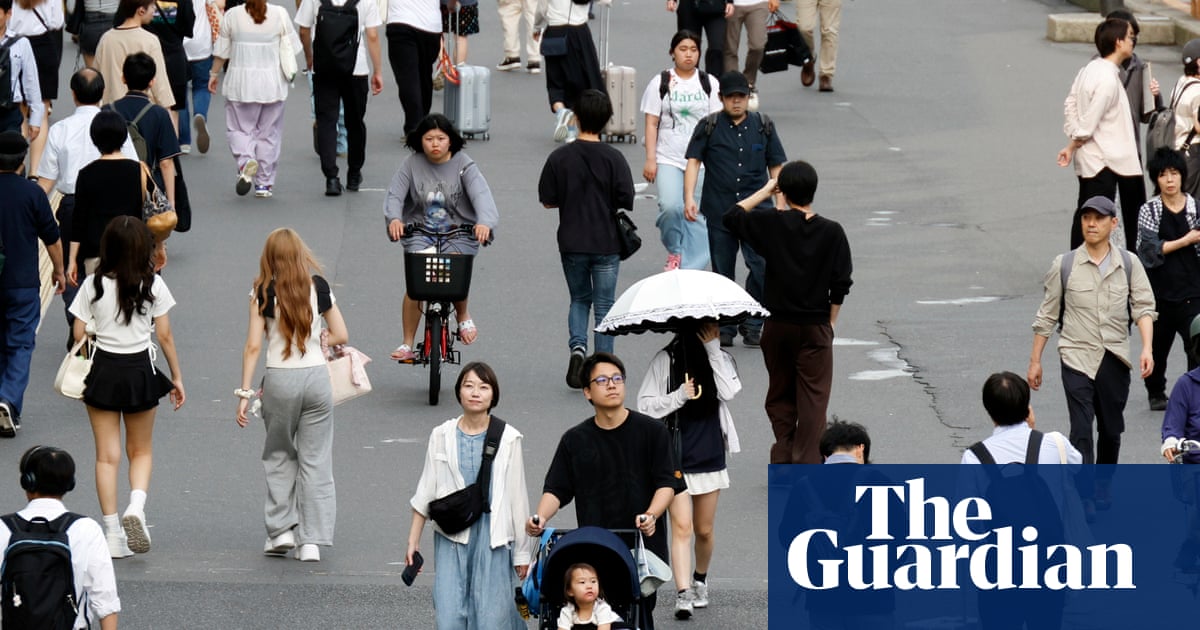California has long led the way on school meals. In 2022, it became the first state in the country to make school meals free for all students, regardless of income. Many districts have implemented farm-to-school programs to bring local foods into the cafeteria. And last year, months before the “Make America healthy again” movement would make its way to the White House, it became the first state in the nation to ban six synthetic food dyes from school meals.
This week, it passed legislation that will put it in the lead on school meals in yet another way – banning ultra-processed foods. On Friday, California lawmakers passed a bill that will define, and then ban, ultra-processed foods from school meals. The legislation, which must now be signed by the governor, Gavin Newsom, is believed to include the first statutory definition of ultra-processed foods in the world.
“We have so far found a formula that we think works and can help guide the national conversation on these issues,” said California state assembly member Jesse Gabriel, who sponsored the bill. That formula, he said, is “bipartisan, common sense, science-based”.
Ultra-processed foods, or UPFs, are industrially formulated products that are often high in fats, starches, sugars and additives, and make up 73% of the US food supply today. Think fast food, microwave dinners, sodas, chips, and even packaged bread and sweetened yoghurts.
Although nutritionists have been talking about UPFs for more than a decade, the US health secretary Robert F Kennedy Jr – a longtime pseudoscience proponent – made them a household term through his “Make America healthy again” coalition. While the federal government has yet to take any significant steps to rein in UPFs – Kennedy’s rhetoric, and growing concerns over the safety of the food supply, have spurred more states to begin assessing ways they can limit UPFs.
But much of that work began in California. In 2023, the legislature passed a first-in-the-nation law, also sponsored by Gabriel, to ban four chemicals already prohibited in the European Union and other nations.
“It really blew my mind how out of step the United States is with the rest of the world when it comes to food safety,” said Gabriel. “We don’t love our kids here in the United States any less than they love their kids in Sweden or Saudi Arabia or South Korea. So why is it that they are taking stronger measures to protect their kids than we are?”
More than 20 other states have copied California’s ban on those four chemicals, or its similar ban on six synthetic food dyes in school meals.
Although it’s the first state to define UPFs, California is far from the only one to consider ways to remove them from school meals and the broader food supply. According to researchers at the University of North Carolina Chapel Hill’s Gillings School of Global Public Health, lawmakers in at least 18 states have introduced more than 40 pieces of legislation that would restrict the sale of foods with certain additives. This year, Arizona, Arkansas, Louisiana, Utah and West Virginia have all passed laws that will ban foods containing certain dyes and additives from school meals.
“There’s something so interesting about California and West Virginia bookending the country both physically, but also with this issue around food safety,” said Bernadette del Chiaro, senior vice-president for California at the Environmental Working Group, a research and advocacy group focused on environmental and agricultural policy, which has backed the California law.
Although Kennedy has spoken out against UPFs from his post in Donald Trump’s Republican administration, Democratic states and lawmakers have raised concerns about food safety as well. But red and blue states have taken different approaches to defining the UPFs they seek to ban.
“It is really hard to define an ultra processed food,” said del Chiaro. “We all kind of know what junk food is when we see it, but putting that definition in writing that has the force of law behind it is” more difficult.
Food policy experts have generally followed a system called the Nova classification to define UPFs, but even nutritionists sometimes disagree over what counts as a UPF. The Nova classification categorizes a product as “ultra-processed” if it’s industrially formulated to be “edible, palatable and habit-forming”. But because that definition is based on processing, not specific ingredients, it can be difficult to agree on exactly which foods fall into the category.
Lindsey Smith Taillie, a professor of nutrition and co-director of the Global Food Research Program at the University of North Carolina at Chapel Hill, said she and her colleagues have noted three different approaches states are taking to define the UPFs they seek to ban.
The most common definition of UPFs is foods that include any of about a dozen additives, “primarily artificial food dyes and then a couple emulsifiers or dough conditioners”, said Smith Taillie. A handful of other states, such as Texas and Louisiana, have used a definition that includes about 40 additives, she said, though there’s no clear through-line for why those additives were chosen, as they include some that have already been banned in the United States by the Food and Drug Administration. California, she said, stands out for taking “the most rigorous approach to evaluating the science”.
“California is the state that is coming the closest so far to trying to actually take action on this concept of UPFs as it has been defined in the literature, which I think is important because that’s where the evidence of health harm is,” Smith Taillie said. “When we look at what a lot of these states are doing with a super-narrow definition of additive, there’s really no body of evidence that suggests that that’s going to make an impact on health.”
The text of California’s new law defines a UPF as any food or beverage that contains stabilizers, thickeners, propellants, colors, emulsifiers, flavoring agents, flavor enhancers, nonnutritive sweeteners or surface-active agents – and has high amounts of saturated fat, sodium or added sugar, or nonnutritive sweeteners.
after newsletter promotion
Del Chiaro, of the Environmental Working Group, hopes California’s definition might lead the way for other states and school districts.
“Shifting the purchasing decisions of the fourth-largest economy in the world, and the most populous state in the country, I think will have an absolute, positive effect on the buying options that other school districts have,” she said. “I think there will be a snowball effect here that’ll help kids all across America.”
Dating back to the 1970s, scholars have described a “California effect” in which other jurisdictions or industries adopt the regulatory standards set by one region – often California – because it is more efficient to apply the same standards everywhere. The first of those regulations forced automakers to abide by the state’s clean air policies, and more recent ones have aimed to eliminate single-use plastics.
But implementing a ban on UPFs in California school meals will take more work than simply defining UPFs, food policy experts say.
Alternatives to UPFs “would require, by definition, more cooking”, said Smith Taillie. “The only way to really do that would be, you would have to increase labor cost.”
Marion Nestle, a professor of nutrition and food policy at New York University, agrees.
“Taking UPFs out of school meals means providing kids with whole, not UPF, foods. These either have to come pre-prepared or cooked on site,” she said in an email. “USDA reimbursements have to cover not only the food; they also have to cover staff salaries, equipment and supplies.”
“Schools turn to UPFs because they are cheaper and save staff time,” she added. “Taking UPFs out of schools has to be coupled to higher reimbursement rates or it won’t work.”
In the process of passing this bill, Gabriel said many legislators had the same concern about cost. But what they found was that it’s often cheaper to eliminate UPFs. “What was very helpful to us there is that there are a number of districts in California that have already moved in this direction. And so we actually had food service directors come in and testify,” he said. “Not only had it not cost them more, but in many districts they had actually saved money by switching to healthier alternatives.”
He shares an example of switching from serving a syrup with pancakes that contains high fructose corn syrup, cellulose gum, caramel color and other hard-to-pronounce ingredients to one that solely contains maple syrup. In many cases, it’s not a change that is “necessarily gonna cost districts more”, he said.
Del Chiaro of the Environmental Working Group agrees that omitting UPFs doesn’t have to be expensive, and “isn’t likely to have a massive impact of any kind on school budgets”.
“This bill is not mandating that everybody buy organic $6-a-carton blueberries,” she said. “All we’re doing is getting rid of the particularly harmful ultra-processed foods on the lunch tray.”

.png) 2 hours ago
2
2 hours ago
2

















































